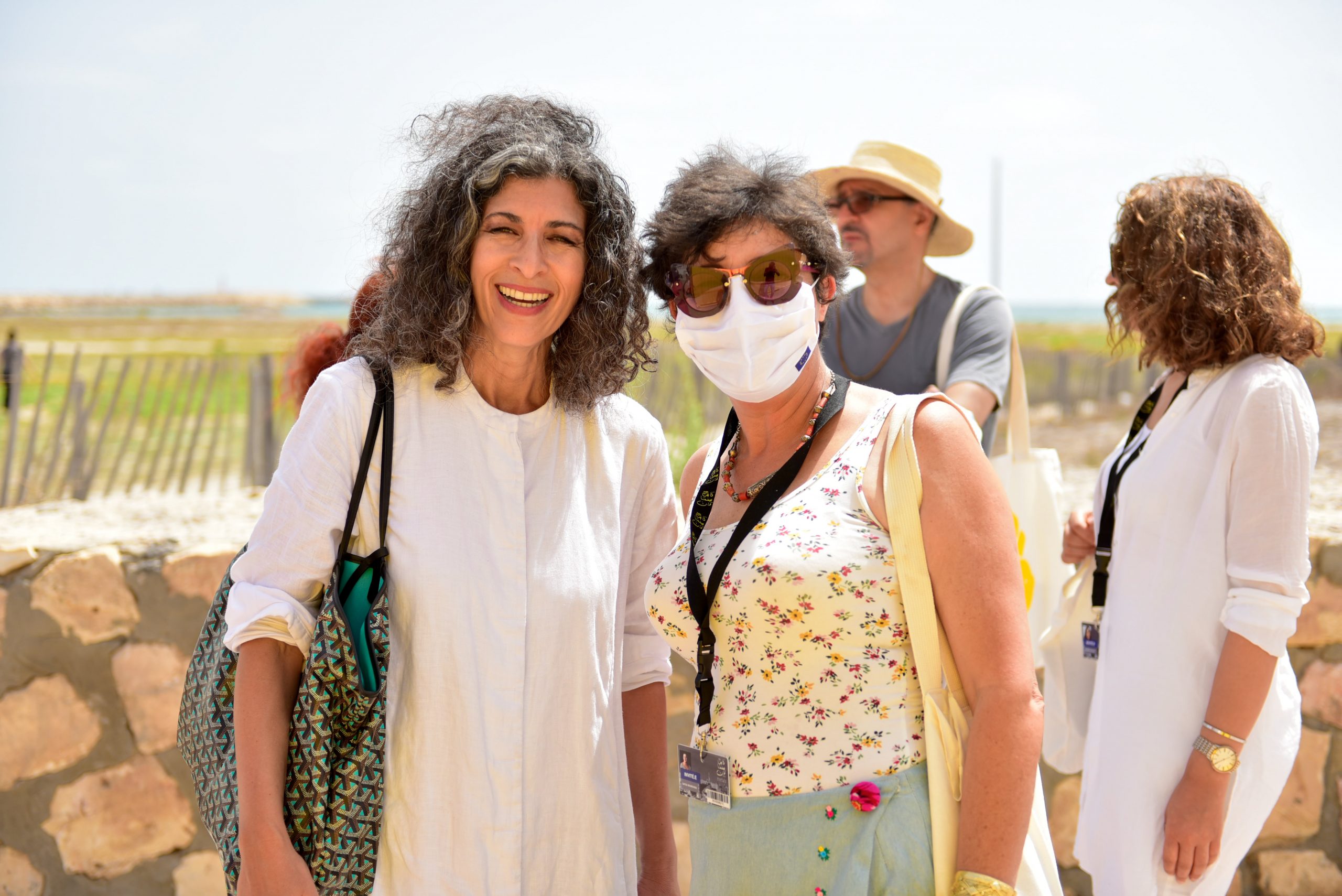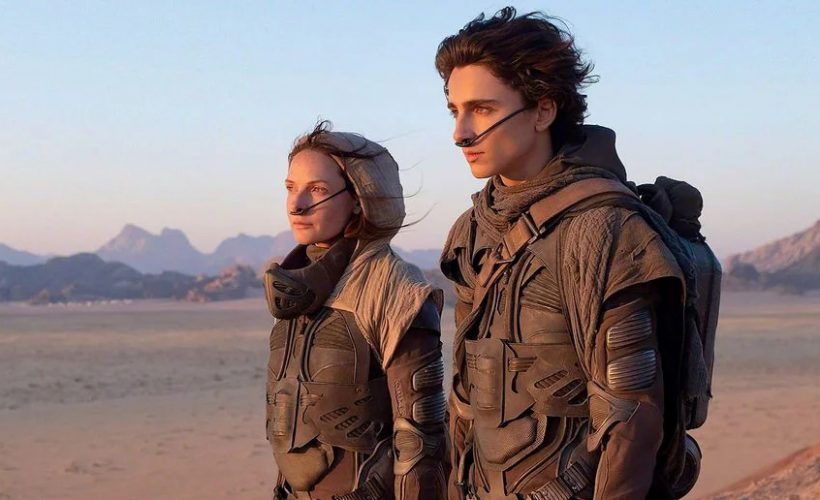Lifestyle
6.30.2021
Gabès Fen film festival : revitalizing the region through culture

From 18 to 26 June was held The Gabes Fen Film Festival, an artistic event that celebrates the cinema, visual art and virtual reality of the Arab world. The opportunity also to revitalize the region of southeastern Tunisia, plagued by an ecological disaster.
During nine days, the Tunisian south-east and the city of Gabes have gathered the finest of Tunisian visual art. Directors, artists, video artists, came together to pay tribute to cinema, video art, and virtual reality of Tunisia and beyond. Between film programming, art exhibitions, and virtual reality performances, visitors will be able to freely wander through all that image and sound can offer. The opportunity to bring some cultural fresh air into the city of Gabes, a small seaport once tourist for its seaside oasis, now abandoned by the pollution disaster related to the phosphate industry.
A way to fight against the centralization of arts and culture in the Tunisian capital…
Al Kazma
Located on the eponymous cornice of Gabes, this installation of six containers is inspired by a bunker of the Second World War abandoned on the same seafront. Integrated into the “visual art” section of the Gabès Cinema Fen, it seeks to offer a window on contemporary creation from around the world, like the visual experience offered by the first container with a sound installation and its breathtaking view of the coast. Each of the six containers represented houses a unique artistic experience whose immateriality is the guiding thread and history. An experience of the invisible that came to Laurent Montaron, the curator of the exhibition, following a reflection on the work of Melik Ohanian “Invisible Film”, as he explains “I selected works that address the issue of the invisible. The invisible that we are talking about here is not so much the realm of reality as an impossibility of seeing it. This selection poses the materiality of the images as a necessary datum for an experience of the visible world, whose ordeal we are going through allows us to measure its preciousness.”

A way to sharpen one’s eyes, learning to see what we no longer pay attention to and which makes even more sense in a city like Gabes, a forgotten land in the southeast of Tunisia…
K-off
In the center of Gabes, Bab Bhar, it’s the Tunisian emerging video art scene that is honored in a dedicated space: K Off. Works that expose the singular universe of 6 young Tunisian artists through a selection proposed by Salma Kossemtini, a real challenge for the young curator “It was very difficult for us to find artists because there are no existing platforms in Tunisia which bring together the young Tunisian creation. I had to contact professors of the school of fine arts, or rely on recommendations from friends. I did a lot of interviews with young artists who are still students or in the process of finalizing their graduation projects.”

Some artists, mostly self-taught, were finely chosen for their vision on the Tunisian video scene, but also for their way of working with images in motion. Among them, the Tunisian hip hop group Toxic Club.
The Agora
Formerly the place of Ben Ali’s unique party and symbol of police repression under the former regime, this building was burned during the Tunisian revolution of 2011. It is now the exhibition and reflection space of the Tunisian artist Intissar Belhaid and the German photographer Moritz Hagedorn. Plunged into the darkness of this historical building, the visitor creates his own path through the exhibition, choosing to highlight its different fragments, between light and shadow. Intissar Bélaid focuses on collective and individual memory and works on the construction of a collective future. German artist Moritz Hagedorn uses his photographic work to research and experiment. The two talents have combined their work to propose a social and anthropological investigation, on the traces that a civilization should leave in order to allow future generations to create an accurate idea of their ancestors’ past, as Intissar explains “For us, it was important to do something with this building full of history, and ten years after the revolution, we saw it as an opportunity to make this history and these memories dialogue with the public”, explains Intissar. Through photographs, videos, and tools that Intissar has collected on Tunisian beaches, the artist duo questions the embodiment of places and people, the role of the individual, and the place of man in existence and in the universe.

popular

